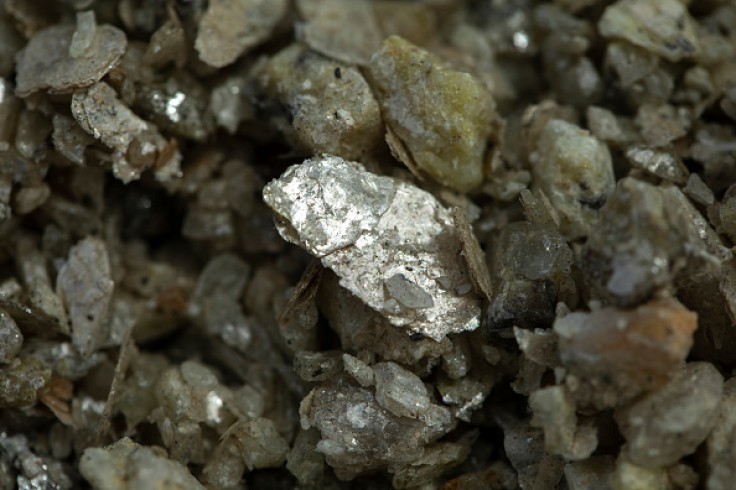Lithium is now among the most sought-after elements in the modern age. With electronics containing lithium-ion batteries being more in demand, the need for lithium is growing significantly. With the latest find, there might be enough to supply manufacturers for decades.

Lithium Deposit Jackpot
Never before has anyone found a deposit as big as the one recently dug in the US, which was in an extinct volcano along the border of Oregon and Nevada. Volcanic deposits are often rich in elements like magnesium, nickel, and other minerals as well.
Found in the southern half of the volcanic crater called the McDermitt caldera north of the Montana Mountains, the deposit holds up to 120 million metric tons of lithium. This is not the first time that the area has been suspected of being a lithium-rich zone.
Even back in the 1970s, many companies and researchers have already documented that there are high concentrations of the element in the volcanic area. A study stated that it is just as much, if not bigger than the largest lithium deposit found in the Bolivian salt flat.
Geologist Anouk Borst says that if you believe the study's "back-of-the-envelope estimation," it's a very significant deposit of lithium, which could change the dynamics of lithium globally when it comes to the security of supply and geopolitics, as mentioned in Interesting Engineering.
Borst added that it can be economically significant if the lithium can be extracted in a very low energy-intensive way, or in a process that does not consume much acid. It could be a great supply of lithium which eliminates the concerns of the element's shortage.
Reports say that by the year 2040, the tech industry will need around a million metric tons of lithium for a steady product supply, which is eight times more than the total production in 2022 worldwide. This changes the estimation which states that there will be a shortage in 2025.
Why is It Important?
There are a lot of aspects as to why the discovery of the deposit is important. We need the lithium supply now more than ever, especially since it is no longer limited to small batteries that power electronics like smartphones or portable computers.
The EV industry continues to expand as car companies strive to produce more electric vehicles by 2030. Millions of EV batteries will be created along with the standard lithium-ion batteries, all of which have a limited lifespan.
With a shortage of the element, not only will the supply of electronics and EVs become scarce, but the prices will also skyrocket, which makes it less accessible or affordable to a lot of consumers. While there are alternatives, lithium-ion batteries are the most convenient.
The demands will increase over the following years, especially since companies are looking for ways to create products that are eco-friendly. With rechargeable batteries, vehicles will no longer rely on combustion engine fuel, which releases significant amounts of CO2.
The scarcity of the element would be more concerning for the rechargeable electronics industry, especially since it can't fall back to fossil fuels if there is little supply left. But, there's no need to worry since the largest deposit is enough to sustain several industries for up to 90 years, generously.









